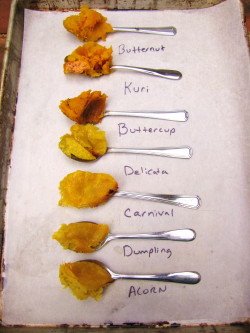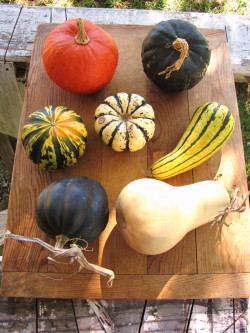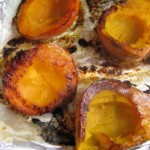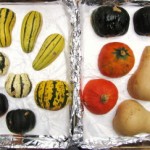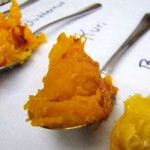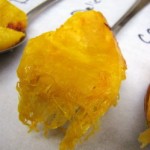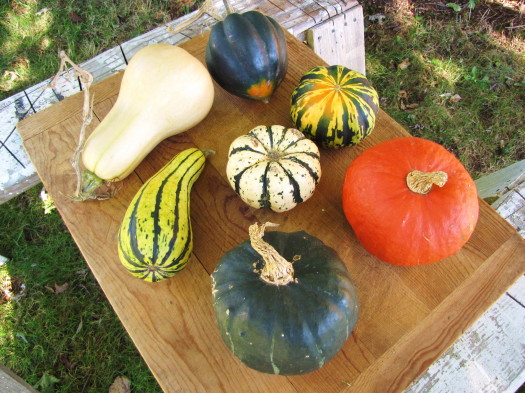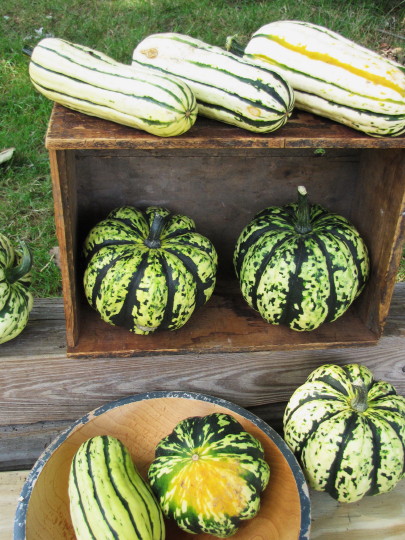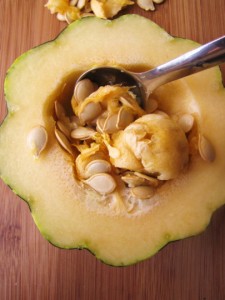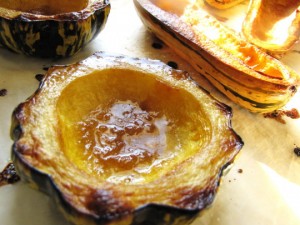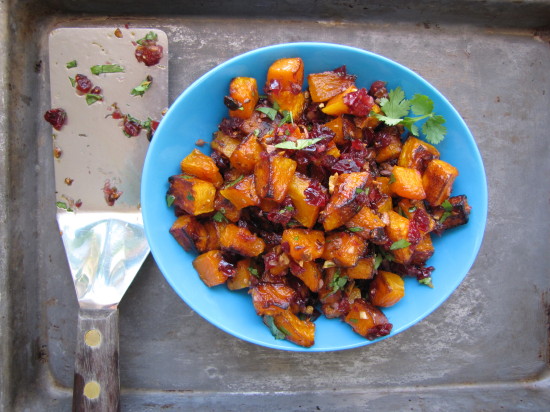 A few weeks ago I mentioned my imaginary friend Shorty. Things have gotten worse. Now I have a whole bunch of imaginary friends. I had a party and invited them over two nights ago. It was a spur of the moment thing, so there was no time to invite real friends.
A few weeks ago I mentioned my imaginary friend Shorty. Things have gotten worse. Now I have a whole bunch of imaginary friends. I had a party and invited them over two nights ago. It was a spur of the moment thing, so there was no time to invite real friends.
I had been making my black bean chili all afternoon—one of the last recipes for the new book, and one I’m particularly excited about. But once I had a big pot of the stuff on my hands around 6 o’clock, I realized I needed to get an accurate read on the portion sizes—not just of the chili, but of the rice, the vegetables, and the garnishes that go with it. So I made all the accompaniments and then started putting out little bowls (each for a half-size portion), figuring I’d kill many birds with one stone. (Our pet, Ellie the Lovebird, with whom I have a tenuous relationship, did not like this analogy.)
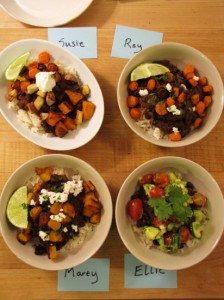 Not only did I want to test proportions, but I wanted to test different taste combinations. So I put little name cards next to the bowls as a fun way to indicate the different combinations. “I think I’ll blog about this,” I told Roy, who was looking at me with amusement. “No, I think I should write the next blog,” he said, “about what it’s like to live with a cookbook writer on deadline.” Needless to say, I’m keeping him far away from the keyboard.
Not only did I want to test proportions, but I wanted to test different taste combinations. So I put little name cards next to the bowls as a fun way to indicate the different combinations. “I think I’ll blog about this,” I told Roy, who was looking at me with amusement. “No, I think I should write the next blog,” he said, “about what it’s like to live with a cookbook writer on deadline.” Needless to say, I’m keeping him far away from the keyboard.
Happily both Roy and I and all of the imaginary guests (or as best as we can figure) liked all of the chili combinations. But everyone’s favorite vegetable topping for the bean chili was roasted butternut squash. I nibbled on the squash as we were cleaning up (the guests did not hang around to do the dishes), and I thought about what a delicious side dish roasted butternut is, simply diced up and cooked on high heat. But even better, a super-quick flavored butter (my favorite has lots of chopped dried cranberries, fresh ginger, and a little lime in it) turns this earthy-sweet vegetable into a real star. So I’m passing along that recipe—since I can’t share the chili recipe just yet.
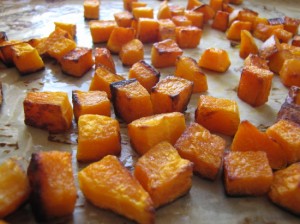 The only problem with this recipe is portion size (ack—the bane of my existence!). Even if you scooch up the amount of raw squash to 1 1/4 lbs. (any more than this amount on one large sheet pan will steam, not roast), you still only wind up with about enough to serve 3 people as a side, because this is so tasty. At least you won’t have to invite any imaginary friends to eat the leftovers.
The only problem with this recipe is portion size (ack—the bane of my existence!). Even if you scooch up the amount of raw squash to 1 1/4 lbs. (any more than this amount on one large sheet pan will steam, not roast), you still only wind up with about enough to serve 3 people as a side, because this is so tasty. At least you won’t have to invite any imaginary friends to eat the leftovers.
Roasted Butternut Squash with Cranberry-Ginger Butter & Toasted Walnuts
______________________________________________
1 to 1 1/4 lb. peeled butternut squash, cut into 1/2-inch dice
3 tablespoons extra-virgin olive oil
Kosher salt
2 tablespoons unsalted butter
3 tablespoons chopped dried cranberries
1 teaspoon chopped fresh ginger
1/4 teaspoon finely grated lime zest
½ teaspoon fresh lime juice; more if needed
2 tablespoons finely chopped toasted walnuts
2 teaspoons chopped fresh cilantro (optional)
________________________________________
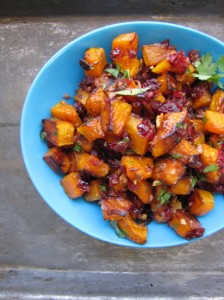 Preheat the oven to 450°F. Line a large heavy-duty rimmed sheet pan with a piece of parchment paper. In a mixing bowl, toss the squash with the olive oil and 1 teaspoon salt. Spread the squash in one layer on the sheet pan. Roast, flipping once with a spatula after about 18 minutes, until the squash are tender and brown on the bottom and around the edges, about 12 minutes more or 30 to 32 minutes total.
Preheat the oven to 450°F. Line a large heavy-duty rimmed sheet pan with a piece of parchment paper. In a mixing bowl, toss the squash with the olive oil and 1 teaspoon salt. Spread the squash in one layer on the sheet pan. Roast, flipping once with a spatula after about 18 minutes, until the squash are tender and brown on the bottom and around the edges, about 12 minutes more or 30 to 32 minutes total.
Meanwhile, melt the butter in a small saucepan over low heat and add the cranberries, the fresh ginger, and the lime zest. Stir well and cook to soften the cranberries a bit, about 1 minute. Take the saucepan off the heat while waiting for the vegetables to finish roasting.
Transfer the squash to a mixing bowl. Reheat the cranberry butter to loosen it up if necessary. Add the ½ teaspoon lime juice, stir, and pour and scrape all of the cranberry butter into the bowl with the squash. Toss thoroughly but gently. Taste and add up to ½ teaspoon more lime juice if desired. Add the walnuts and cilantro (if using) and toss again. Serve right away.
Serves 3 (maybe 4!) as a side

